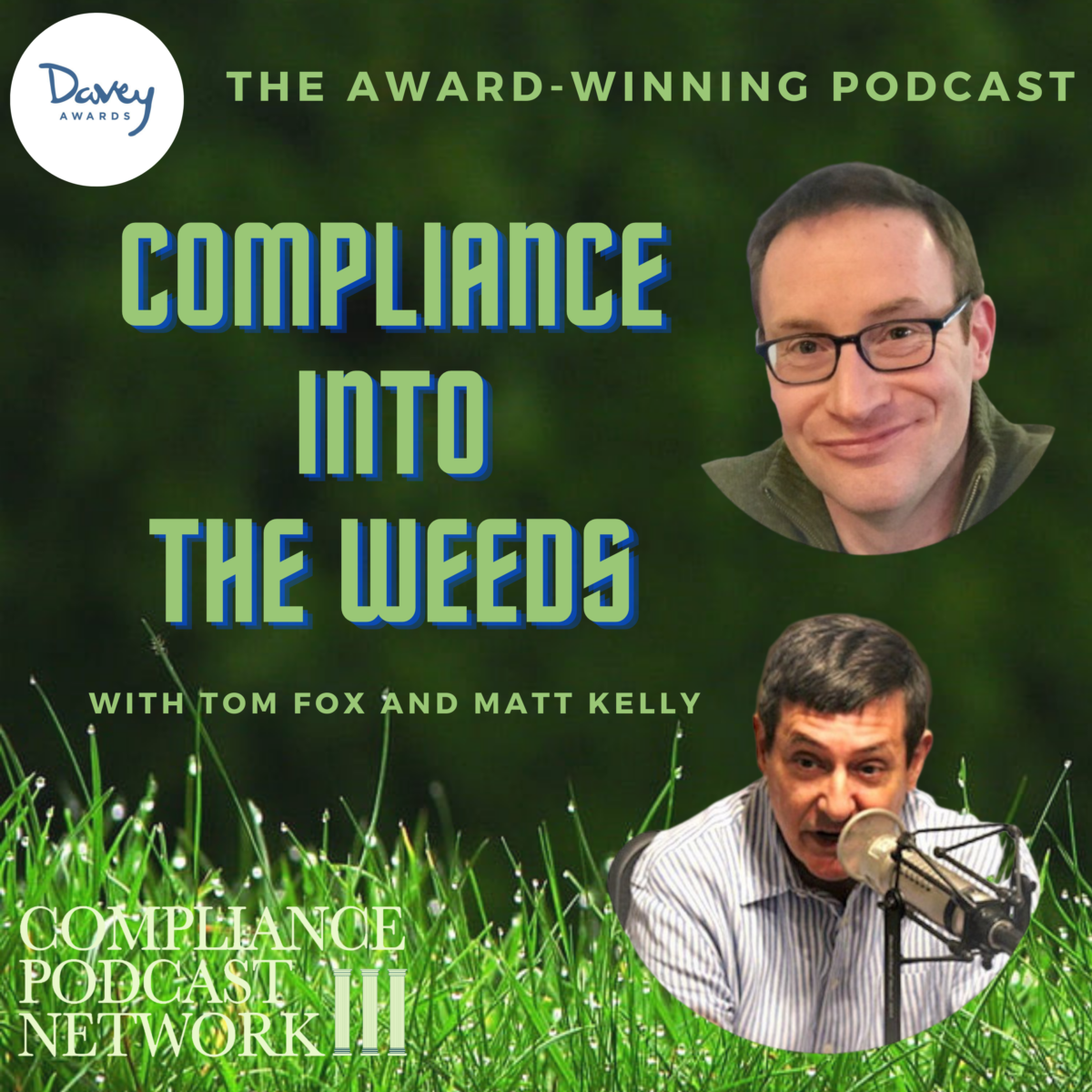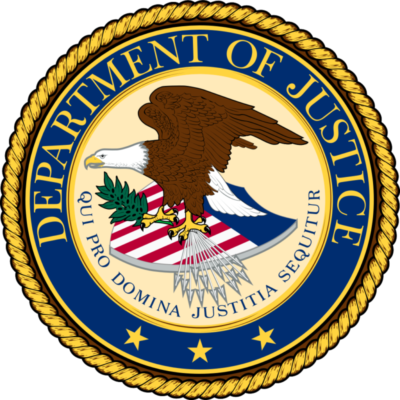In today’s business environment, compliance professionals are often praised for their pivotal role in fostering ethical, sustainable, and resilient corporate cultures. A recent HBR article, What Employers Get Wrong About How People Connect at Work, provides a compelling framework that compliance officers can integrate into their strategies to strengthen organizational integrity and trust.
The authors believe that connections in the workplace are commonly thought of as a single dimension that prioritizes interpersonal relationships with co-workers. However, the authors have identified that connections in the workplace are made up of four interrelated and essential elements: employee connections with their colleagues, leader, employer, and role. This more accurate and nuanced view of workplace connections has implications for how organizations can design intentional talent strategies to create workplaces where employees are committed, engaged, and performing. They introduce the CLEAR framework to help facilitate transformative workplace lessons. I have adapted their ideas for the compliance professional.
- Colleague Connection: Compliance as a Collaborative Endeavor
In compliance, collaboration is non-negotiable. The CLEAR framework emphasizes the importance of trust and mutual support among colleagues, a principle that extends seamlessly into compliance programs. When employees feel connected to their peers, they are more likely to share insights and raise concerns, a cornerstone of effective whistleblowing mechanisms. For compliance professionals, this means building platforms and safe spaces for employees to collaborate. Initiatives like ethics roundtables or cross-departmental compliance champions can foster peer-to-peer connections, encouraging the open exchange of ideas and concerns about compliance issues.
- Leader Connection: Ethical Leadership in Action
The article identifies leader connection as a key factor, noting that 70% of the variance in team engagement is attributed to managerial quality. For compliance professionals, this underscores the need for leadership at all levels to embody ethical conduct. Leaders who communicate, provide constructive feedback, and model ethical behavior are indispensable in embedding compliance into an organization’s DNA. You should work to train your business leaders to be compliance ambassadors. This means both senior managers and middle managers as well. Equip them with tools to integrate compliance into their everyday leadership practices, from reinforcing training to discussing real-world ethical dilemmas with their teams.
- Employer Connection: Aligning Compliance with Corporate Values
A strong employer connection, where employees see their work as meaningful and aligned with organizational goals, is critical. Compliance professionals are central in shaping this narrative by linking ethical practices to the company’s mission. When employees view compliance as an enabler of corporate success rather than a hindrance, their engagement deepens. Positioning compliance as a competitive business advantage and using internal communications to highlight how ethical practices contribute to the organization’s reputation, financial health, and long-term success will further align your employees with your overall goal of doing business ethically and in compliance.
- Role Connection: Engaging Through Purpose
Role connection thrives when employees find satisfaction in their work and see clear pathways for growth. Compliance means integrating ethical considerations into individual roles and responsibilities. Employees who understand how their job contributes to the company’s compliance goals are likelier to take ownership of ethical behavior. Here, your compliance team should work to tailor compliance training to individual roles. Move beyond generic programs to create targeted, role-specific training that shows employees how compliance intersects with their day-to-day responsibilities.
- CLEAR Connections and the Return-to-Office Debate
The authors critique a narrow focus on colleague connections in return-to-office mandates, warning that neglecting other CLEAR elements can undermine employee engagement. For compliance teams, this presents a nuanced challenge. Remote work can dilute compliance oversight, but rigid in-office policies may harm trust and morale. This will allow your compliance function to adopt flexible compliance monitoring strategies. Use technology to maintain oversight while respecting diverse work arrangements and ensure employees feel trusted and supported regardless of where they work.
- The Patchwork Principle: Balancing Connection Needs
The authors propose the “patchwork principle,” urging leaders to adopt a portfolio of policies that reflect employees’ diverse connection preferences. Compliance teams can take inspiration from this approach to design policies that address various needs while ensuring alignment with regulatory requirements. The DOJ has long clarified that your compliance program should be based on your company’s compliance risks. This means you should customize your compliance program. Consider employee demographics, cultural nuances, and risk profiles when designing policies and procedures, ensuring they resonate across the organization.
Final Thoughts: CLEAR Insights for Compliance Success
The CLEAR framework challenges compliance professionals to think beyond policies and procedures, emphasizing the human connections that underpin ethical behavior. By fostering meaningful relationships across these four pillars, compliance leaders can build a culture that adheres to regulations and thrives on trust, engagement, and integrity.
Incorporating these lessons is not simply about compliance but redefining how organizations connect, collaborate, and succeed. By adopting these principles, compliance professionals can lead the way in creating workplaces that are not only compliant but also connected and committed to excellence.











